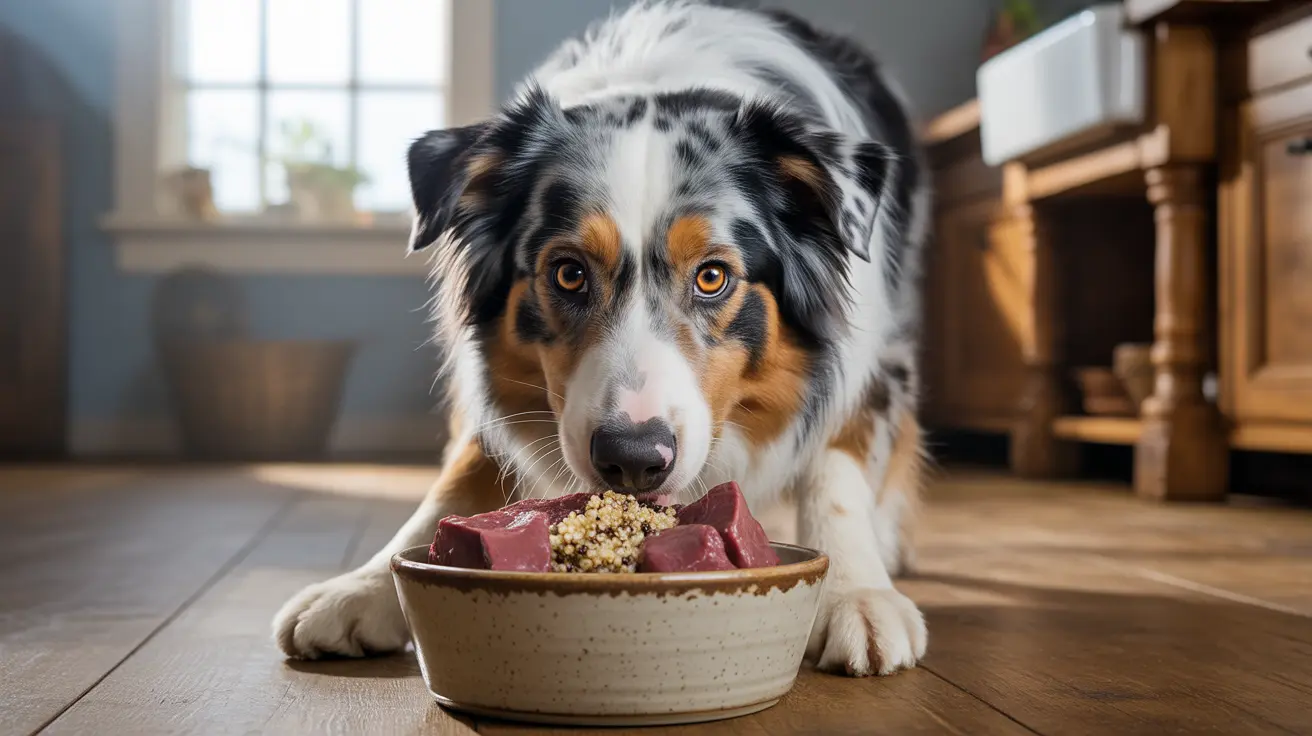Can Dogs Eat Cooked Pork? A Comprehensive Guide for Pet Owners
Pork is a popular meat for many human dishes, but when it comes to feeding it to your canine companion, caution is key. While dogs can eat pork, it must be properly prepared and served to ensure their safety and health.
Nutritional Benefits of Pork for Dogs
Plain, cooked pork can be a source of high-quality
protein, essential
amino acids, and nutrients like
B vitamins,
iron,
zinc, and
potassium. It is also generally
digestible for most dogs as long as it's lean and served without excess fat.
Safety Guidelines for Feeding Cooked Pork
To safely include pork in your dog’s diet, follow these essential rules:
- Always cook pork thoroughly to eliminate harmful bacteria and parasites like trichinella spiralis.
- Serve only plain pork—avoid salt, garlic, onion powders, sauces, and spices.
- Remove all bones before serving, especially cooked ones which can splinter.
- Feed in moderation and adjust portion sizes to your dog’s weight.
- Monitor your dog for any adverse reactions, especially the first time trying pork.
Why Raw Pork Is Dangerous for Dogs
Although pork parasites like trichinella are rare in commercial meats nowadays, raw or undercooked pork still poses a
bacterial risk. It can cause
trichinosis, with symptoms such as:
- Vomiting
- Diarrhea
- Fever and lethargy
- Muscle pain and stiffness
These symptoms are more severe in dogs with
weakened immune systems. If your dog shows any of these signs after eating pork, seek veterinary help immediately.
Processed Pork Products: A Definite No
Avoid feeding your dog processed pork options like:
These are high in
salt, fat, and preservatives, which put your dog at risk for conditions like:
- Pancreatitis
- Obesity
- Gastrointestinal distress
- Bloat (gastric dilatation-volvulus)
Pork Bones and Chewing Safety
Cooked pork bones are brittle and can
splinter easily, posing serious health risks such as:
- Choking
- Internal damage
- Tooth fractures
Even raw bones carry risk and should be approached with caution. Instead, provide
dental chews or vet-approved toys as safer alternatives.
Pork Allergies in Dogs
Though rare, some dogs can be allergic to pork. Signs to watch for include:
- Itchy skin or paws
- Excessive gas
- Vomiting or diarrhea
- Hives
Breeds such as
German Shepherds,
Dachshunds, and
Cocker Spaniels may be more prone to food sensitivities.
Feeding Tips and Portion Control
When feeding pork:
- Introduce in small amounts and observe any reaction.
- Use lean cuts only and trim all visible fat.
- Ensure pork makes up no more than 10% of your dog’s daily caloric intake.
- Cut into small, bite-sized pieces for easy digestion.
Organ Meats and Pork-Based Treats
Cooked pork
liver and
heart offer valuable nutrients but should be fed sparingly and plainly. Avoid pork skins or
pork rinds due to their high fat and salt content. Opt for treats made from
single-ingredient, unseasoned pork parts, like pig ears or pork hide—but only on occasion.
Choosing the Right Pork for Your Dog
The source matters. Many owners prefer
heritage or pasture-raised pork for its higher-quality fats, but what’s most important is that the meat is:
- Fresh
- Fully cooked
- Bland (no additives)
Dogs with
sensitive stomachs may only tolerate lean and minimal servings. A consultation with your vet can help determine what's best for your pet.
Alternative Proteins to Consider
If pork isn’t suitable, try other nutritious proteins such as:
- Chicken
- Turkey
- Beef
- Fish
- Novel proteins like wild boar
Conclusion
Dogs can enjoy plain, cooked pork safely as an occasional treat if prepared correctly. Always go boneless, unseasoned, and lean, and avoid processed or raw options. Monitor your dog’s response and consult a vet when adding anything new to their diet.





